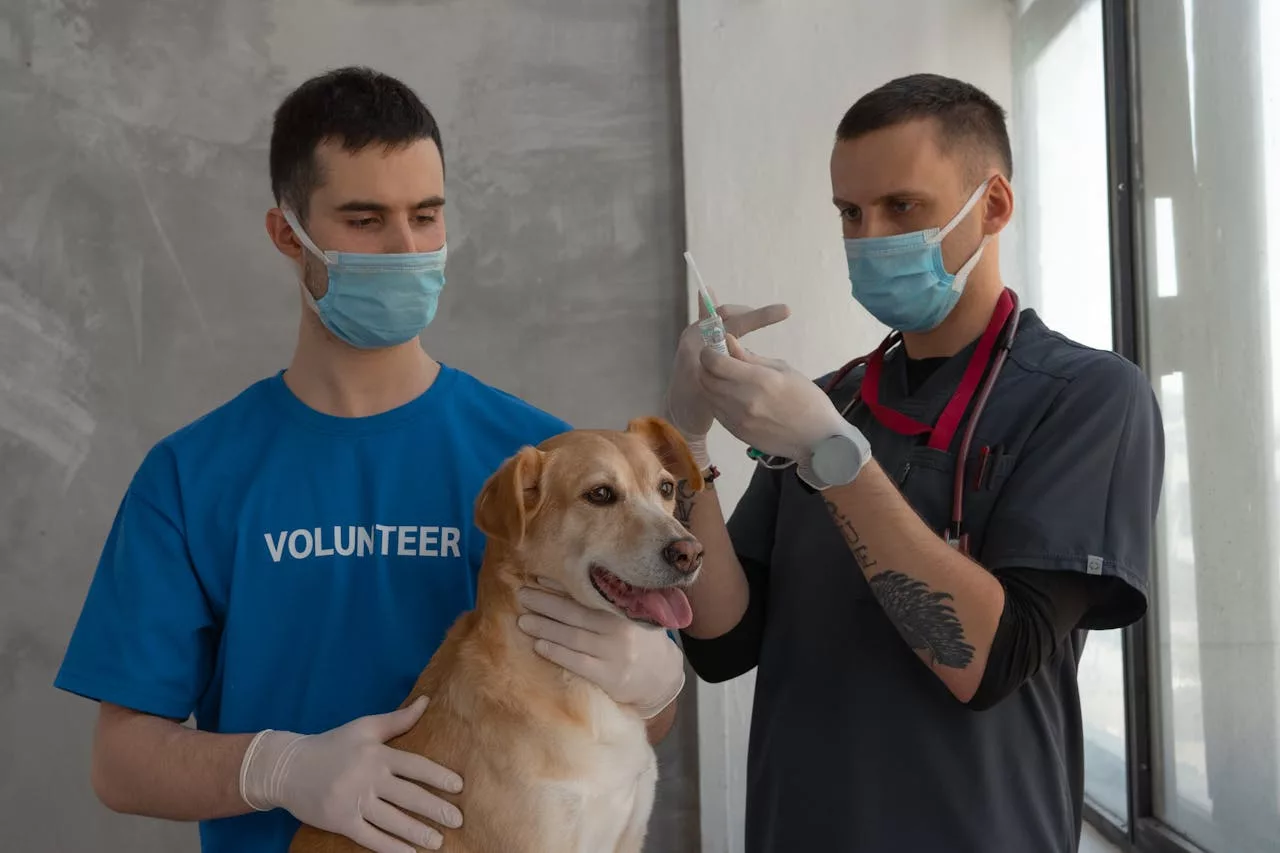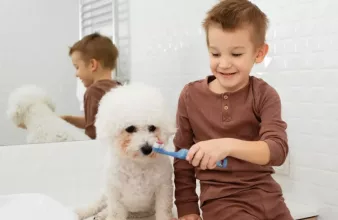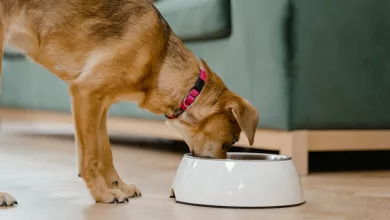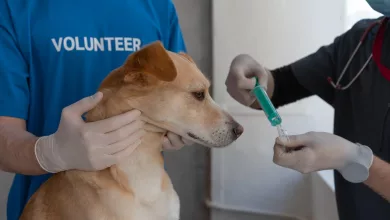Anesthesia can be a scary concept for pet owners, especially when it involves surgery or other medical procedures. However, it is a common and essential part of veterinary care that helps ensure your pet experiences as little pain and discomfort as possible. Understanding what anesthesia is, how it works, and what to expect can help ease your concerns. In this blog, we’ll cover the basics of pet anesthesia, including its uses, risks, and how to prepare your pet for a procedure.
1. What Is Pet Anesthesia?
Anesthesia is a medical process used to prevent pain during surgical procedures and other treatments that would otherwise cause discomfort or distress. It involves administering drugs that cause temporary loss of sensation or consciousness.
There are different types of anesthesia used in veterinary medicine:
- Local anesthesia: Numbs a specific area of the body for minor procedures.
- Sedation: Induces relaxation and drowsiness but doesn’t cause complete unconsciousness.
- General anesthesia: Renders the pet fully unconscious and is commonly used for surgeries or more invasive procedures.
The type of anesthesia used depends on the procedure and the pet’s health condition. Your veterinarian will determine the best option for your pet.
2. Why Is Anesthesia Needed for Pets?
Anesthesia is essential for ensuring the safety and comfort of pets during medical procedures. It allows veterinarians to perform operations and treatments without causing unnecessary pain or stress. Some common reasons anesthesia is used in pets include:
- Surgical procedures: For spaying, neutering, dental surgeries, or any major operation, anesthesia ensures that pets remain still and pain-free.
- Diagnostic tests: In cases where pets need to remain motionless for extended periods, such as during x-rays or MRIs, anesthesia may be required.
- Pain management: In certain treatments or conditions where pain is expected, anesthesia or sedation can help control the pet’s discomfort.
- Behavioral reasons: In some cases, particularly with anxious or aggressive pets, sedation or anesthesia may be necessary for a safe examination or grooming session.
3. The Anesthesia Process: What to Expect
The process of anesthesia in pets involves several stages, each carefully managed by veterinary professionals to ensure your pet’s safety.
Pre-Anesthetic Evaluation
Before your pet undergoes anesthesia, your veterinarian will perform a thorough pre-anesthetic evaluation. This typically includes:
- Physical examination: Checking your pet’s overall health.
- Blood tests: To assess organ function, detect underlying conditions, and ensure your pet can safely tolerate anesthesia.
- Other diagnostics: Additional tests, such as x-rays or ultrasounds, may be necessary depending on your pet’s health status and the procedure.
Administering Anesthesia
Once the pre-anesthetic evaluation is complete, the anesthesia process begins. Your pet will likely be given a combination of drugs for sedation, pain relief, and anesthesia. This may involve:
- Pre-medication: Calming your pet and reducing anxiety before the procedure.
- Induction: Administering drugs to induce unconsciousness, usually through injection or inhalation of gas.
- Monitoring: During the procedure, veterinary staff will continuously monitor your pet’s heart rate, breathing, blood pressure, and oxygen levels to ensure their safety.
Recovery and Monitoring
After the procedure, your pet will be moved to a recovery area. The effects of anesthesia typically wear off gradually, but the veterinary team will continue to monitor your pet during this phase. Common post-anesthesia behaviors include:
- Drowsiness: Pets may remain groggy or disoriented for a few hours after waking up.
- Incoordination: Your pet might have difficulty walking or standing for a while.
- Nausea or vomiting: Some pets may experience mild nausea as the anesthesia wears off.
Veterinarians provide post-operative instructions for home care, including how to manage any discomfort and monitor your pet for any unusual behaviors or reactions.
4. Risks of Anesthesia in Pets
While modern veterinary anesthesia is generally safe, like any medical procedure, it does carry some risks. These risks can vary based on your pet’s age, health condition, and the type of procedure being performed. The most common risks include:
- Adverse reactions: In rare cases, pets may have allergic or adverse reactions to the anesthetic drugs.
- Breathing difficulties: Anesthesia can affect a pet’s respiratory system, so veterinarians closely monitor breathing throughout the procedure.
- Low blood pressure: Some pets may experience a drop in blood pressure during anesthesia, which is why constant monitoring is critical.
- Recovery complications: Pets with underlying health conditions (such as heart disease or kidney problems) may have more difficulty recovering from anesthesia.
It’s important to discuss any concerns with your veterinarian and share your pet’s medical history to help minimize risks. Additionally, modern veterinary technology and trained anesthetic professionals make the process much safer than it once was.
5. How to Prepare Your Pet for Anesthesia
Proper preparation can help ensure a smooth and successful experience for your pet. Here are a few steps you can take before your pet’s procedure:
- Follow fasting instructions: Your vet will likely ask you to withhold food (and sometimes water) for a specific period before anesthesia. This is crucial to prevent complications such as vomiting during the procedure.
- Inform your vet of any medications: Be sure to tell your veterinarian if your pet is taking any medications or supplements, as some may interfere with the anesthesia.
- Stay calm and reassuring: Pets often pick up on their owners’ emotions, so remaining calm and positive before the procedure can help reduce your pet’s anxiety.
- Ask questions: If you have any concerns about the procedure, risks, or recovery, don’t hesitate to ask your veterinarian. Understanding the process can ease your worries and help you feel more confident.
6. Post-Anesthesia Care: What to Watch For
After your pet comes home from a procedure involving anesthesia, it’s important to follow the veterinarian’s post-care instructions. Here are some things to watch for and tips for helping your pet recover:
- Allow rest: Your pet will likely be tired and need plenty of rest. Provide a quiet, comfortable space for recovery.
- Monitor food and water intake: Gradually reintroduce food and water as per your vet’s instructions. Watch for any signs of nausea or vomiting.
- Observe behavior: Keep an eye on your pet for signs of pain, unusual lethargy, or difficulty walking. While some grogginess is normal, persistent issues should be reported to your vet.
- Watch for complications: If your pet experiences labored breathing, swelling at the surgical site, or any other concerning symptoms, contact your vet immediately.
Conclusion
While the thought of anesthesia for your pet may feel daunting, it is a necessary and often routine part of veterinary care. Understanding how anesthesia works, the precautions taken by veterinarians, and the importance of pre- and post-care can help you feel more confident about your pet’s health and safety. Always communicate with your vet about any concerns, and trust in the expertise of the veterinary team to provide the best care for your furry friend.




